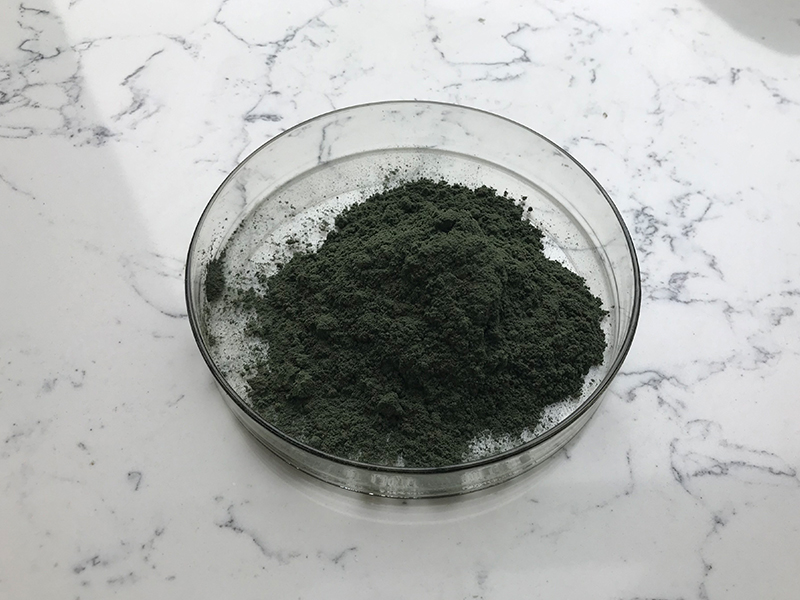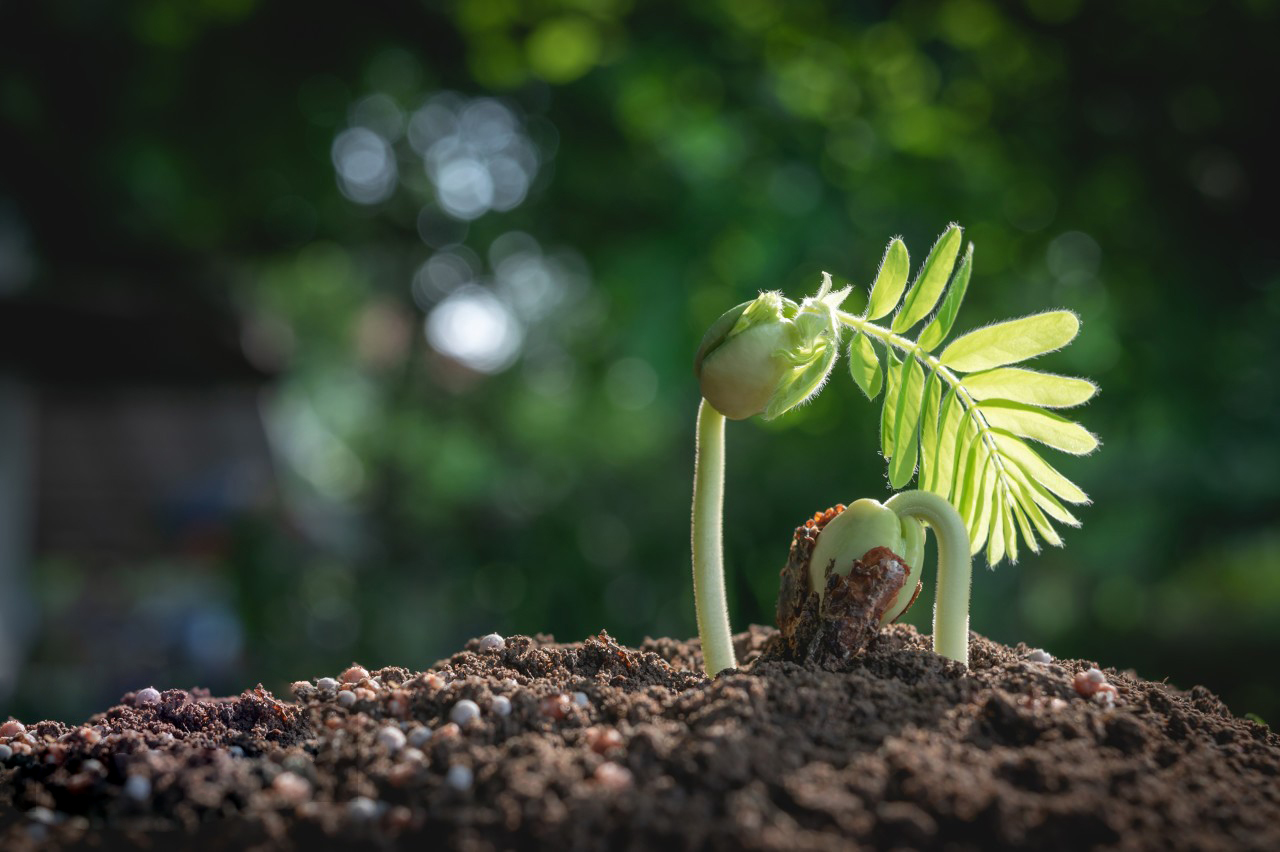Trichoderma harzianum is a species of fungus that belongs to the genus Trichoderma. It is known for its diverse and beneficial roles in agriculture and plant protection. This fungus is commonly used as a biocontrol agent against various plant pathogens, including certain harmful fungi that can cause diseases in crops.
Key features and roles of Trichoderma harzianum include:
Biocontrol Agent: Trichoderma harzianum is known for its ability to antagonize and inhibit the growth of pathogenic fungi. It can compete with other fungi for nutrients and space, and it produces enzymes and secondary metabolites that have antifungal properties.
Plant Growth Promotion: Besides its biocontrol abilities, Trichoderma harzianum has been found to promote plant growth and enhance plant health. It can stimulate root development and increase nutrient uptake by plants.
Induced Systemic Resistance (ISR): Trichoderma harzianum can induce systemic resistance in plants, making them more resistant to a wide range of pathogens. This enhanced defense response is a result of the plant’s own immune system being activated by signals from the fungus.
Biological Control in Agriculture: Due to its biocontrol and plant growth-promoting properties, Trichoderma harzianum is commonly used in agriculture as a biological control agent. It is applied as a biofungicide to protect crops from soil-borne and foliar pathogens.
Commercial Products: Various commercial products containing Trichoderma harzianum strains are available for agricultural use. These products are used in integrated pest management strategies to reduce the reliance on chemical pesticides.
Overall, Trichoderma harzianum plays a crucial role in sustainable agriculture by providing an environmentally friendly alternative to chemical control methods and contributing to the overall health and productivity of plants.

How to use Trichoderma Harzianum?
Trichoderma harzianum is a beneficial fungus commonly used in agriculture and gardening to promote plant growth and protect against various plant diseases. Here are general guidelines on how to use Trichoderma harzianum:
1.Selecting a Product:
Trichoderma harzianum is often available in the form of commercial biofungicides or biocontrol agents. Look for a product that contains viable and active Trichoderma harzianum spores.
2.Application Methods:
Seed Treatment: Apply Trichoderma harzianum to seeds before planting. You can coat the seeds with a mixture of the biofungicide and a carrier such as talc or a natural powder.
Soil Application: Mix Trichoderma harzianum with soil before planting. This helps establish the beneficial fungus in the root zone.
Root Drench: Apply a Trichoderma harzianum solution directly to the roots of plants during transplantation or at later growth stages.
3.Dosage:
Follow the manufacturer’s recommendations for dosage and application rates. The recommended dosage can vary based on the crop type, soil conditions, and specific product formulation.
4.Storage:
Store Trichoderma harzianum products in cool, dry conditions away from direct sunlight. Follow the product label instructions for storage.
5.Compatibility:
Trichoderma harzianum is generally compatible with most fertilizers and pesticides. However, it’s advisable to check the compatibility with specific products before tank-mixing.
6.Environmental Conditions:
Trichoderma harzianum thrives in well-aerated and moist soil. Ensure that the soil conditions are conducive to the growth of the beneficial fungus.

7.Timing:
Apply Trichoderma harzianum at the right growth stages of the plants. Early application, such as during seed treatment or transplanting, is often recommended for maximum effectiveness.
8.Integrated Pest Management (IPM):
Trichoderma harzianum is often used as part of an integrated pest management strategy. Combine its use with other cultural practices to enhance overall disease control and plant health.
9.Repeat Applications:
In some cases, multiple applications may be necessary for sustained protection and improved plant growth. Follow the product label instructions for the recommended frequency of application.
10.Monitor and Evaluate:
Regularly monitor plant health and assess the effectiveness of Trichoderma harzianum in controlling diseases. Adjust the application strategy if needed based on observed results.
Always refer to the product label for specific instructions and consult with agricultural experts or extension services for guidance tailored to your specific crops and conditions.
